by Megha Wadhwa
I was born and raised in New Delhi where I spent the first 24 years of my life. Later, I moved to Japan and stayed there for around 14 years. During my stay in Japan, I lived in Tokyo for most of the time and explored various neighbourhoods. Among these, Edogawa-ku became my familiar territory where I lived for around 10 years. However, my final year in Japan, I lived in Chigasaki, which is in Kanagawa-ken. Chigasaki offered a unique blend of rural and urban Japan which I had not anticipated but came to appreciate. Despite being around one hour train ride from Tokyo, Chigasaki had its own charm and made me feel somewhat detached from the bustling city life while still providing all the amenities one would expect from an urban environment. Before living in Chigasaki, I had never considered living outside of Tokyo. Interestingly, just a few months before my move, Chigasaki was recognized as the fifth ‘perfectly formed smaller city’ in the world by Lonely Planet, earning it the title of a rural refuge.
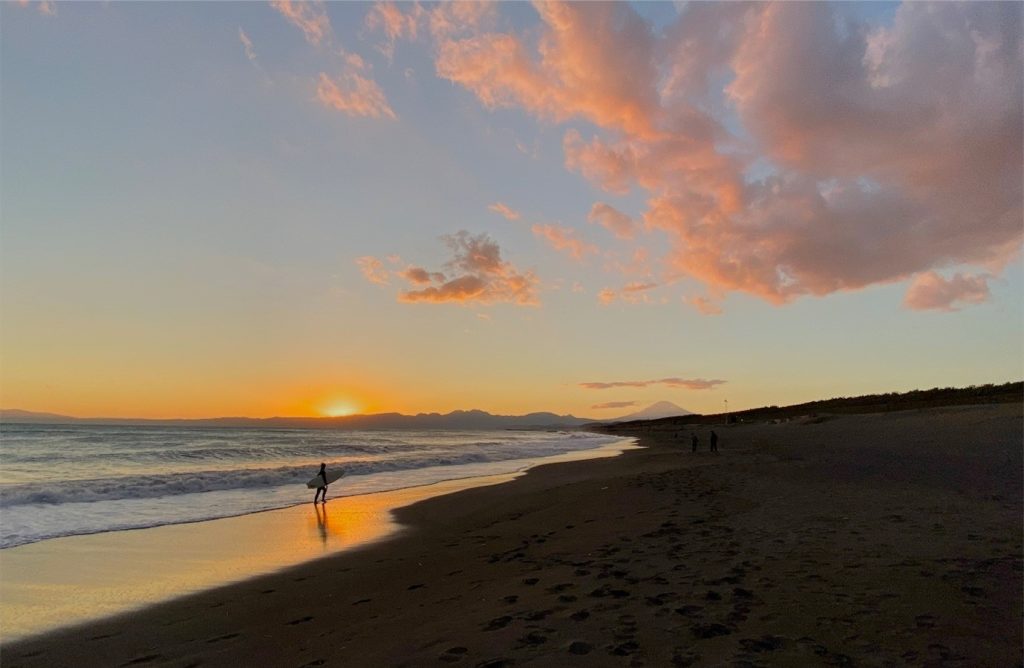
Copyright © Megha Wadhwa 2020
It was a significant shift for me as Chigasaki was the smallest city I had ever resided in. The timing of my move couldn’t have been more opportune, as shortly thereafter, the COVID-19 pandemic reshaped our lives, confining us to the sanctuary of our homes. While many around me grappled with the challenges of the pandemic, I found solace in my new surroundings, which were just a 20-minute bicycle ride away from a picturesque beach where I had the privilege of witnessing breath-taking sunsets against the backdrop of Mt. Fuji. This didn’t happen every evening, but often enough to appreciate its beauty and tranquillity. At first, I found it frustrating to endure the long train ride to Tokyo, especially during peak hours when the train was crowded. However, I discovered the advantage of using the Tokkaido Line from Chigasaki to Tokyo Station. When I had to travel during peak hours, I purchased a Green Car Ticket for around 6 Euros at the time on top of the regular ticket. This allowed me to reserve a seat with a table and enabled me to work to have a productive journey. Over time, I learned to appreciate my life in Chigasaki despite the long commute.
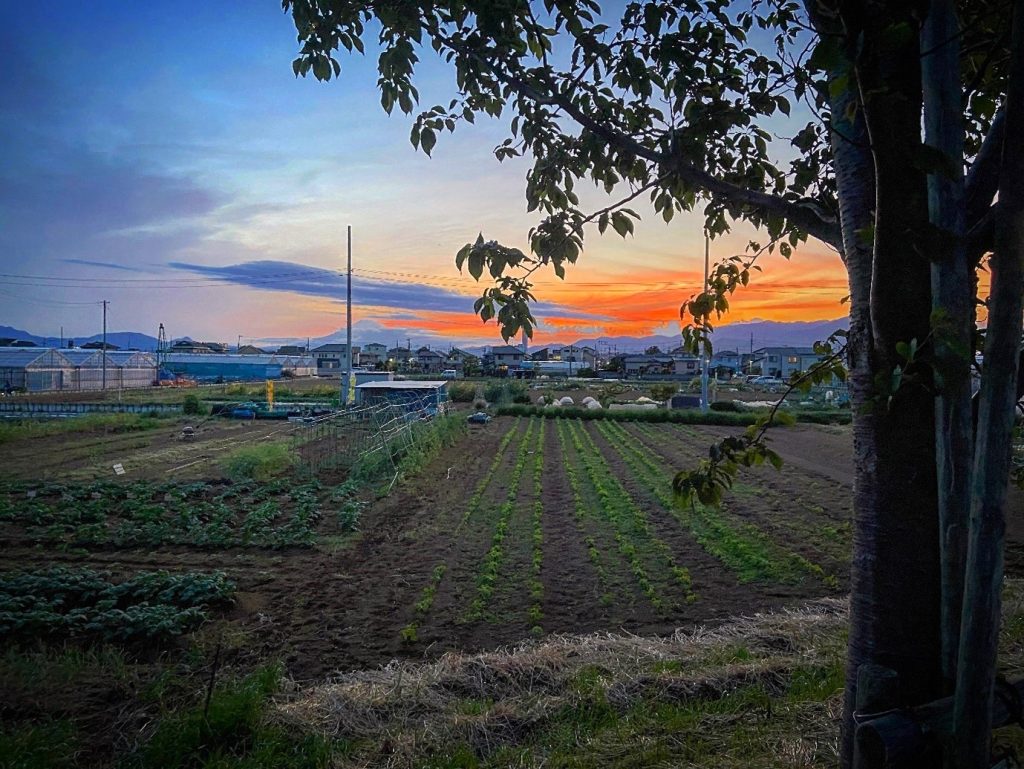
Copyright © Megha Wadhwa 2020
Apart from the long yet convenient commute and beautiful beach Chigasaki also offers delicious Japanese and international cuisines and most of them are not far from the station. I also discovered some local friendly bars – Bar Mikan being one of my favorites and I spent many weekend evenings during COVID-19 at this bar talking to the owner. On days I didn’t want to drink he’d make me delicious mocktails and we’d spent hours talking about films, Netflix series, COVID-19 restrictions, and politics. It was my experience in Chigasaki that led me to consider living in rural Japan. Despite always wanting to live in urban cities, the warmth I received in my Chigasaki neighbourhood created a desire for living in suburbs. However, life had different plans for me. Instead of moving to the suburbs in Japan, I ended up in a suburb in Germany.
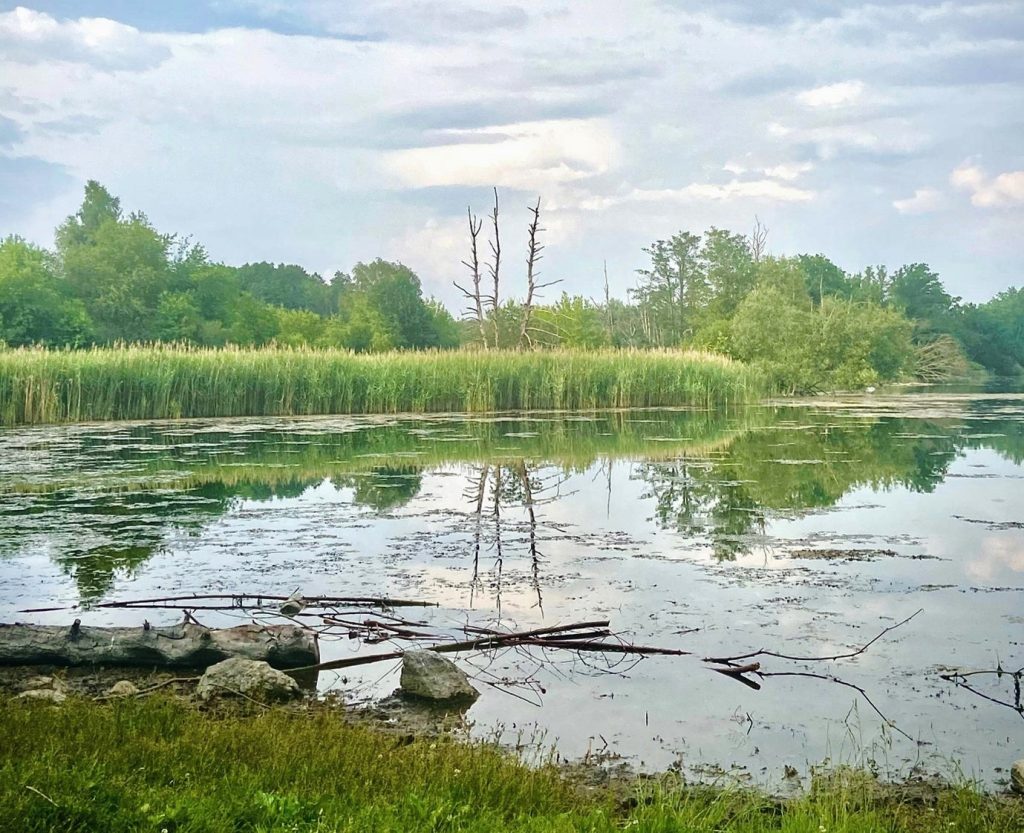
Copyright © Megha Wadhwa 2021
In February 2021, my job brought me to Berlin. While searching online, I found a beautiful place in Berlin-Hermsdorf. At the time, it was the only option available, and I decided to book the place. On Google search, I discovered that the travel time on train from Hermsdorf to my workplace, was about the same as the travel time from Chigasaki to Yotsuya. However, what I didn’t realize during this google search was that the Tokkaido line and S-Bahn are not the same. I ended up traveling around 3 hours (door to door) both ways to work, dreaming of the Green Car and punctual trains almost every day. I stayed in this beautiful suburb area for almost 8 months. I enjoyed waking up to the early morning bird orchestra and breathing fresh air. The trekking spot which was only a few minutes’ walk was amazing, and my landlords were wonderful. Eventually, I found a place in the center of Berlin. My house hunt finally came to an end and so did my desire for rural living. I was a happy city girl yet again.
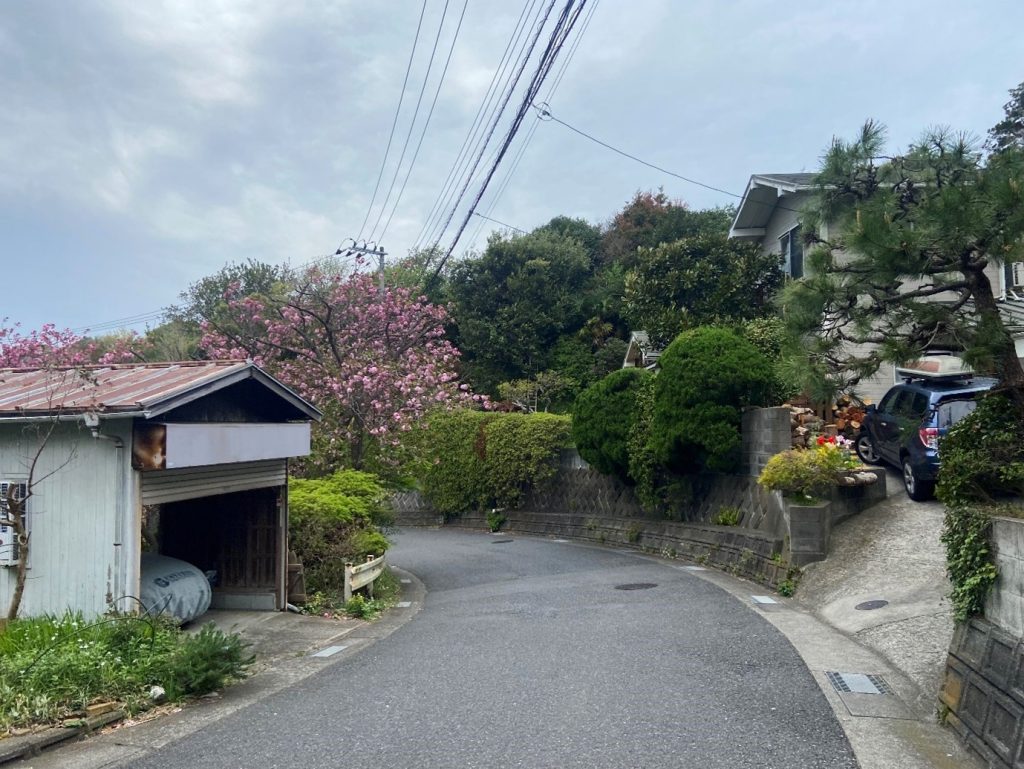
Copyright © Megha Wadhwa 2023
In 2023, I had an exciting opportunity to go back to Japan for a long visit of about 4.5 months. Once again, life presented me with a chance to escape the hustle and bustle of city life and experience the peace and tranquillity of rural Japan. A dear friend kindly offered me the use of their vacant house in Imaizumidai, Kamakura, which I eagerly accepted. Kamakura, with its lush surroundings and rich history, seemed like a hidden oasis to me. During my stay in Japan, I had only visited Kamakura for one day excursions. Unlike my previous residence in Chigasaki, where the train station was only a ten-minute bicycle ride away, reaching the station from Imaizumidai required a leisurely 25-minute journey, often requiring the use of an electric bicycle to navigate the steep roads. Additionally, the bus service was limited, with only a few buses per hour and would take to Ofuna train station in about 30 minutes. Although there were a few local grocery stores and a Lawson within a twenty-minute steep walk, the selection was limited, and the larger supermarkets were located closer to Ofuna. The neighborhood was friendly and welcoming, with residents who often relied on personal vehicles for their daily errands. In contrast, I found myself dependent on public transportation, navigating the intricate schedules and routes to fulfill my needs. Despite the logistical challenges, my time in Imaizumidai felt like a rejuvenating retreat – a sanctuary where I could immerse myself in writing and reflection. However, the idyllic setting didn’t shield me from trips to Tokyo for work or to Ofuna for grocery shopping – reminders of the interconnectedness of rural and urban life.
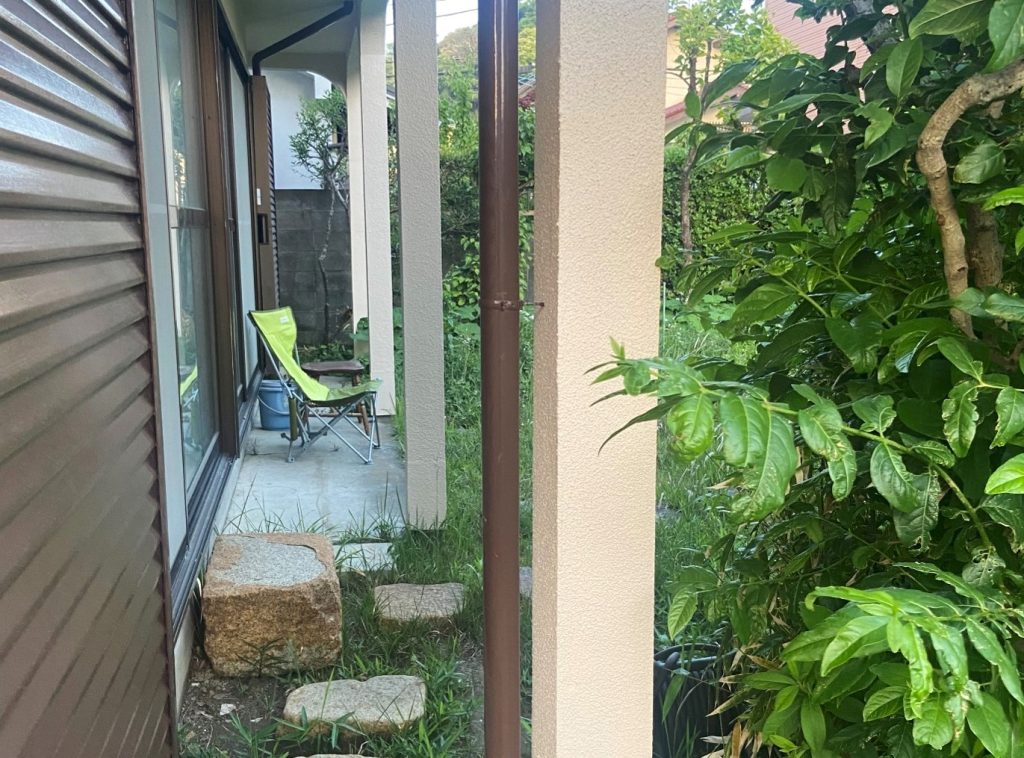
Copyright © Megha Wadhwa 2023
During my month-long stay in Kamakura in 2023, I gained profound insights into the nuances of rural living, both its enchanting beauty and the challenges that come with it. Despite exploring 24 prefectures of Japan as a tourist, the idea of residing in those areas had never crossed my mind before. However, my time in Chigasaki altered my perspective significantly. Through my experiences in suburban areas, I realized that life in the countryside happens at a natural pace, in contrast to the hectic rhythm of the cities. The tranquillity and simplicity of rural living offer a respite from the relentless hustle and bustle of city life. While my experiences came with their share of challenges, they also instilled within me a newfound inclination towards rural living. Despite the logistical hurdles, I find myself drawn to the prospect, provided I have access to transportation – a car and an electric bicycle, perhaps – which are essential for navigating the expansive landscapes and fostering a sense of independence. As I navigate life’s uncertainties, I remain open to the possibilities that lie ahead. Yet, at this juncture, my heart leans towards the serene embrace of rural spaces, where time slows down, and the essence of life reveals itself in its purest form.
Dr Megha Wadhwa is a migration researcher and a Japanese and Indian studies scholar. She is currently working in the research project “’Skill’ in the Migration Process of Foreign Workers in Asia” (BMBF) at Freie Universität Berlin. Megha is the author of Indian Migrants in Tokyo: A Study of Socio-Cultural, Religious and Working Worlds (Routledge 2021) and an ethnographic film maker. Her latest documentary is called ‘Finding their Niche’ (2022).
